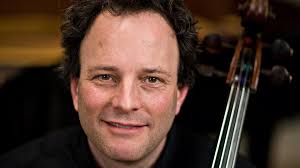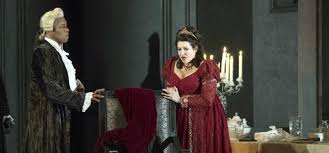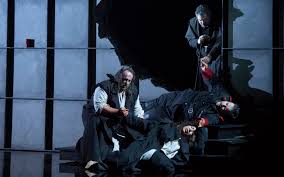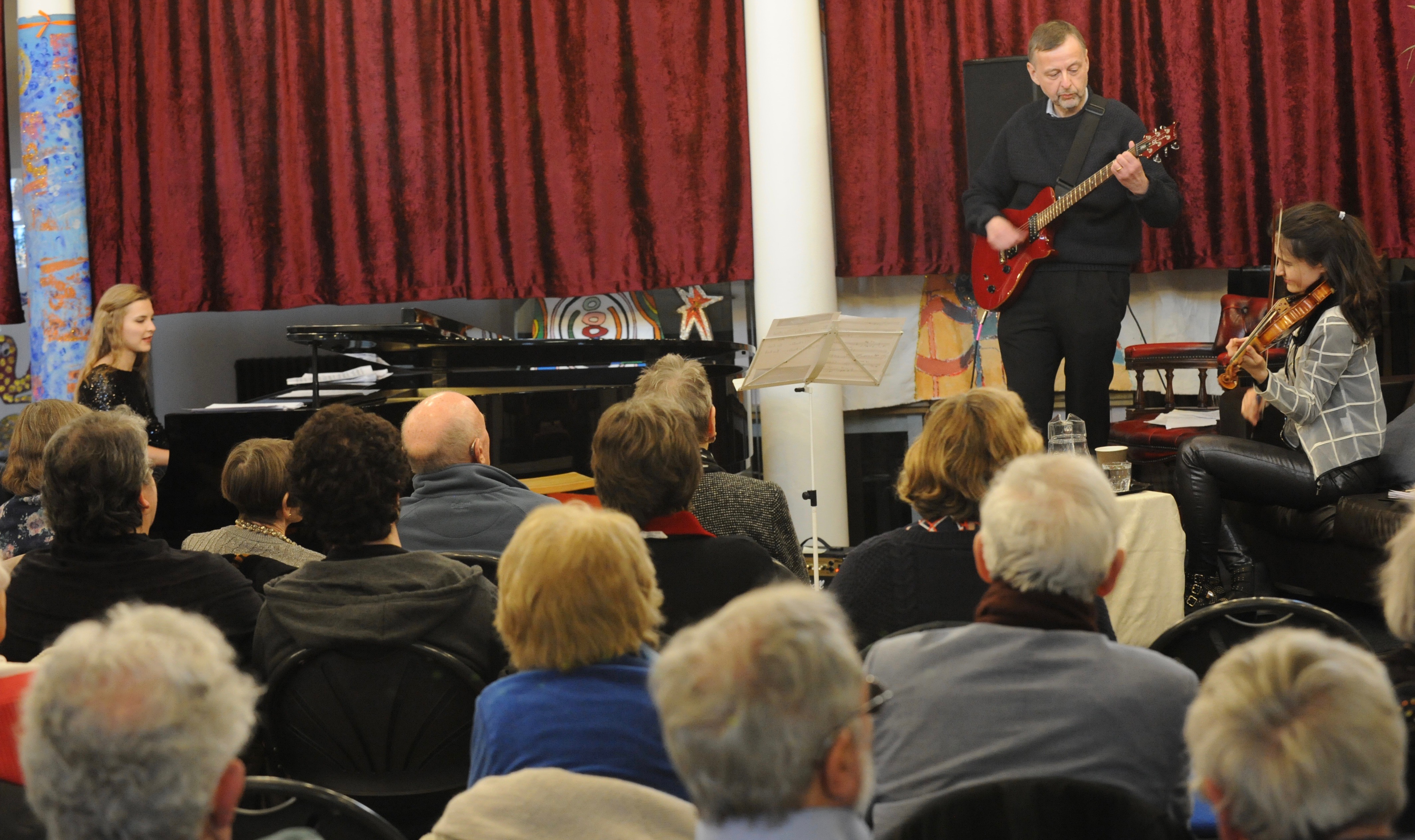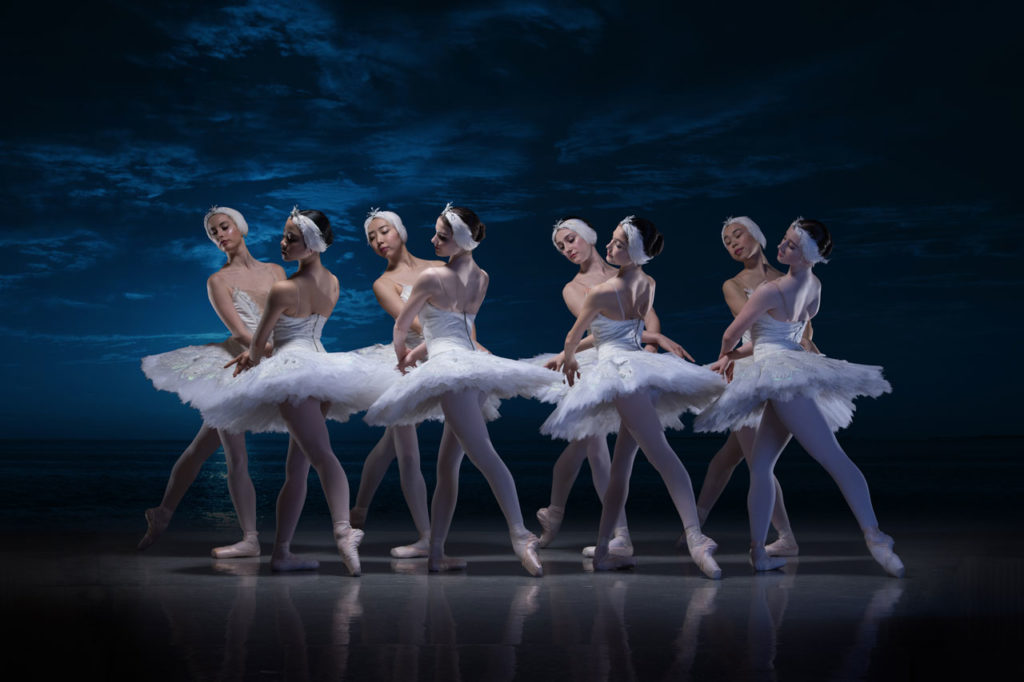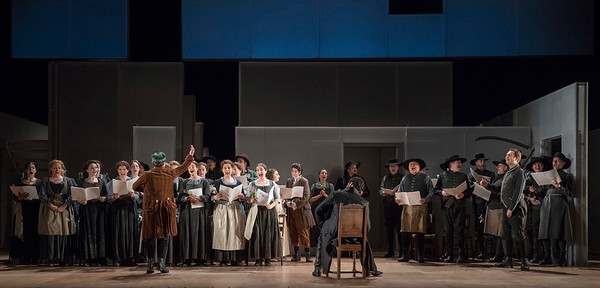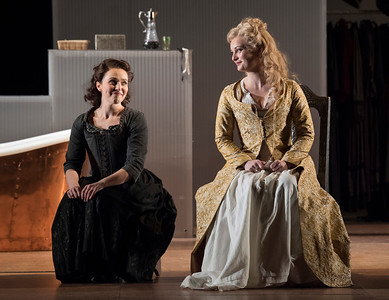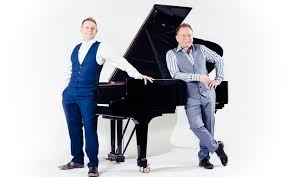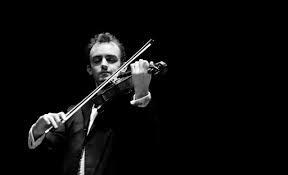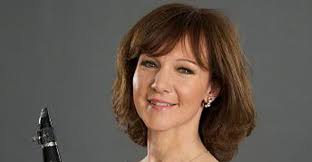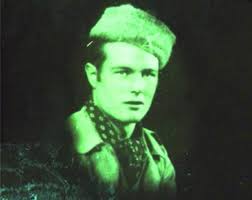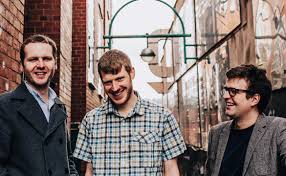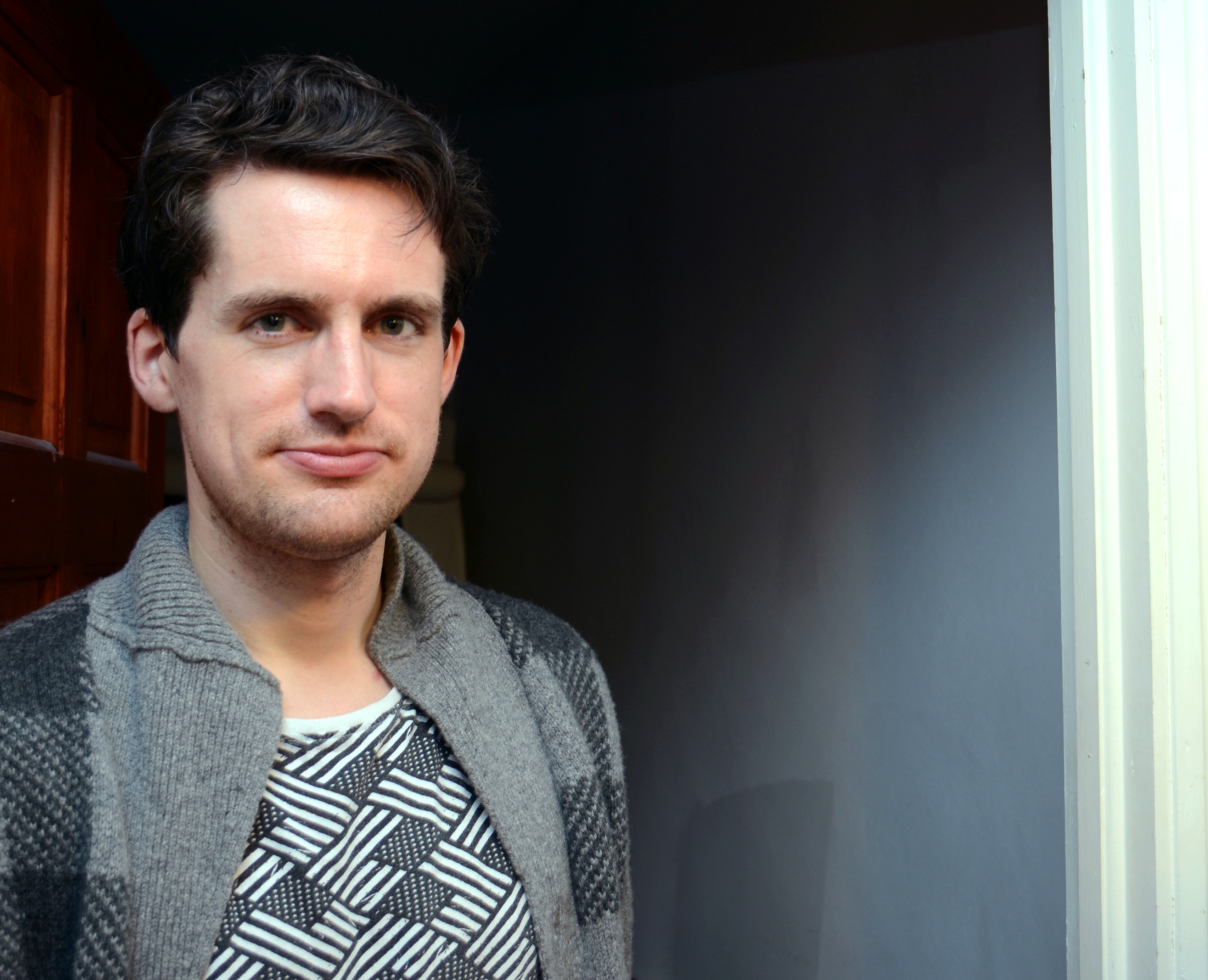St Mary in the Castle, Saturday 14 April 2018
Was this the largest audience for a Hastings Philharmonic event, even allowing for the Christmas concerts? It certainly felt like it and the ovation which greeted the end of the Tchaikovsky was whole-hearted and certainly deserved.
The first half was given over to Elgar’s Cello Concerto with Richard Lester an intense and moving soloist. Without excessive rubato or dwelling on the potential melancholy of some of the writing he created a narrative which was holistically pleasing. Yes there is a melancholy which comes close to depression in the opening movement, and the work often returns to the potential bleakness of life, but at the same time there is much that reflects the opposite mood. The final movement had a jaunty air to it, reflecting on Falstaff rather than Gerontius, so that the whole was uplifting and life-affirming rather than the sentimental wallow which can too easily slip into place.
As is often the case at St Mary’s, the soloist was almost uncomfortably close to the front row and there was a sense of intimacy throughout which larger venues simply cannot reproduce.
If the Elgar had eschewed the overtly emotional, Tchaikovskly’s Fifth Symphony had it in bucketfuls. After a slow sombre opening – and tempi throughout tended to be on the slow side – the brass let rip and it was obvious we were in for a thrilling ride. The long horn solo at the start of the reflective second movement was beautifully crafted by Anna Drysdale, and Marcio da Silva’s control of the opening dynamics made the brass intervention all the more dangerous. The third movement seemed almost out of place within this world of romantic sentiment and brash aggression, but gave way to a finely paced finale, which opened with near-Sibelius like mystery before we tumbled helter-skelter into the closing onslaught.
The young players who make up Hastings Philharmonic Orchestra are proving to be among the most exciting ensembles to be heard anywhere. For how long Marcio da Silva can keep them together before they are snapped up by other national and inter-national orchestras is anybody’s guess. For the moment let us be grateful we have them here and look forward to the Verdi Requiem at the White Rock on 5th May – which deserves to sell out, so get your tickets quickly!

